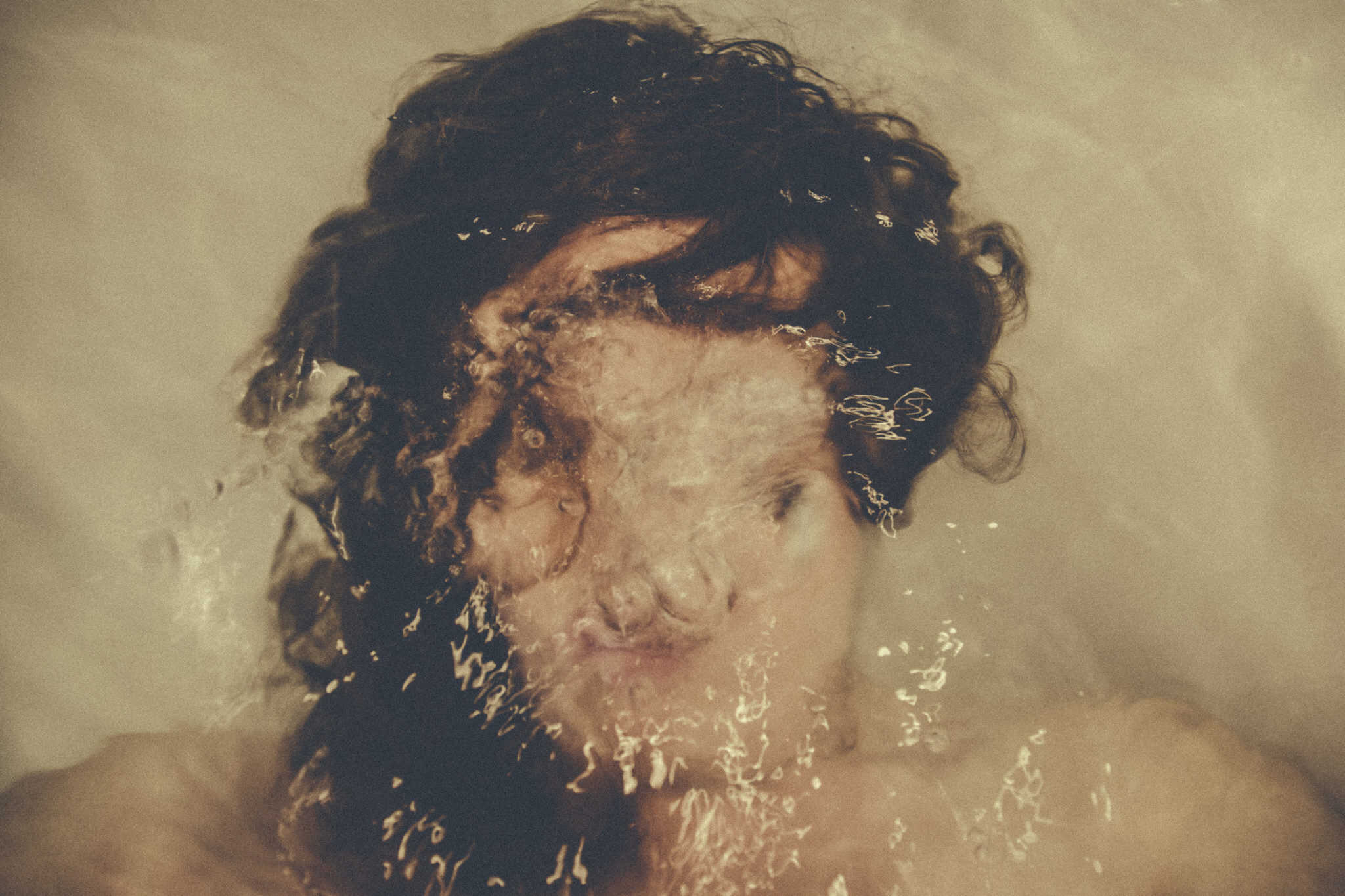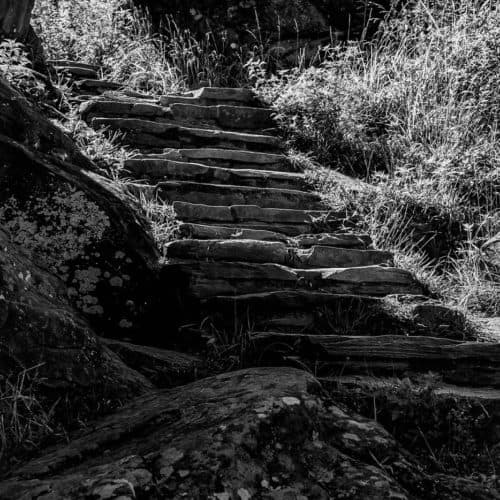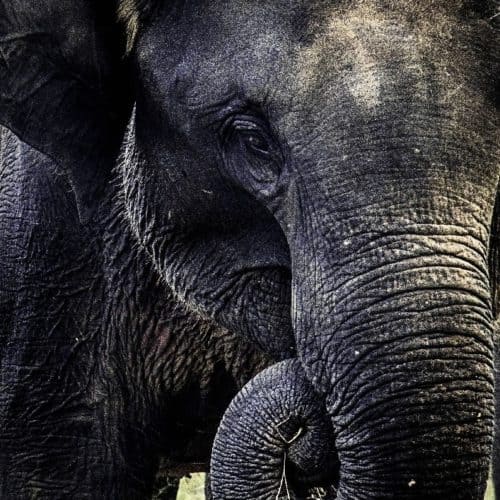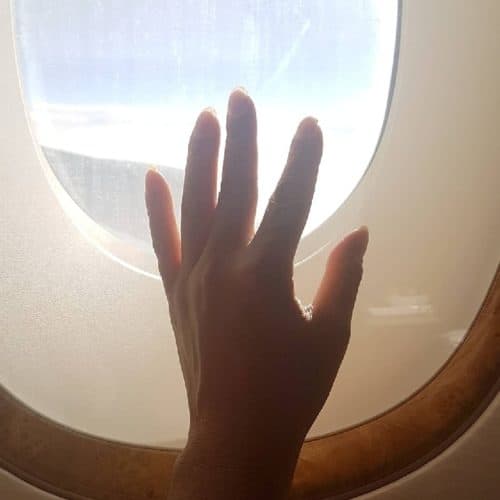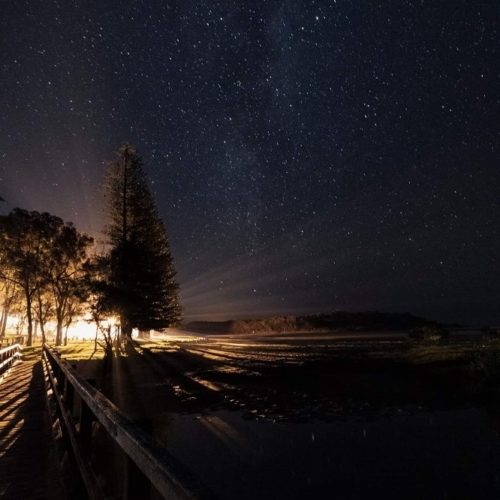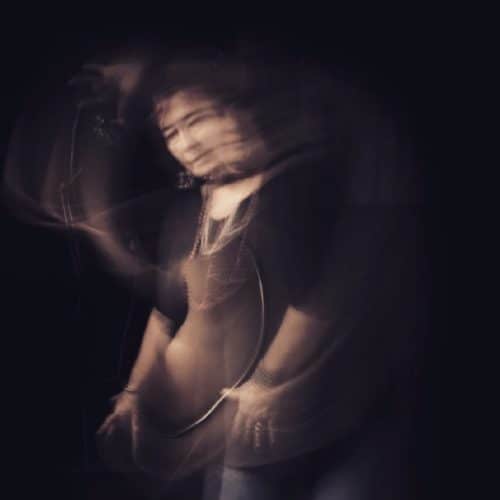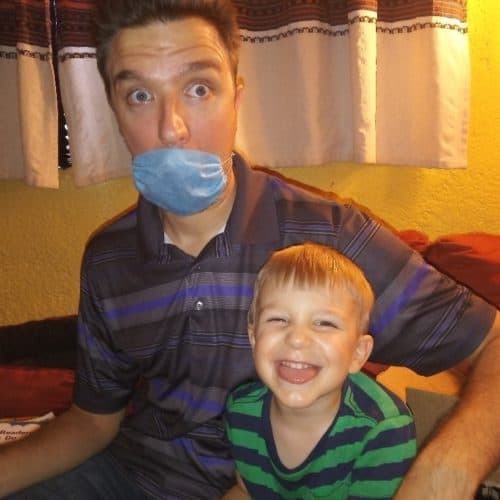We all experience some level of anxiety in our lives, sometimes only through being nervous or worried. This can help warn us about danger or motivate us to take action. When these feelings become uncontrolled, unhelpful or start to seriously impact our life through how we act, think and feel — then it is considered to be an anxiety disorder. There are many types of anxiety disorders, but common signs and symptoms include:
- feelings of excessive fear, panic, and uneasiness
- trouble concentrating
- feeling tense and jumpy
- anticipating the worst
- difficulty managing daily tasks and/or distress
- apprehensive and tense feelings
- avoidance of feared situations
- cold or sweaty hands or feet
- numbness or tingling in the hands or feet
- not being able to be still and calm
- insomnia or problems sleeping
- dry mouth
- shortness of breath
- heart palpitations
- muscle tension
- nausea
- stomach upset or dizziness
- frequent urination or diarrhea
- tremors and twitches
- headaches
- fatigue
People affected by anxiety disorders may have intense episodes that are short-lived or may feel anxious most of the time. Anxiety can be so intense that people avoid daily routines or activities that seem to cause it and attacks can leave them terrified or immobilized. The physical symptoms of anxiety (ex. heart palpitations) are so frightening during an anxiety attack that they may be mistaken for symptoms of a heart attack.
The link between anxiety and depression
Depression and anxiety are often interlinked since they are believed to originate from the same biological vulnerability. Many people who are affected by anxiety disorders also suffer from depression at some time in their lives. Since the symptoms of each only seem to make the other worse, it’s important to try to get help for both — rather than trying to overcome only one.
Factors that affect when to see a mental health professional for anxiety:
- context in which the anxiety occurs
- amount of distress caused by symptoms
- extent that it affects their ability to manage daily life
